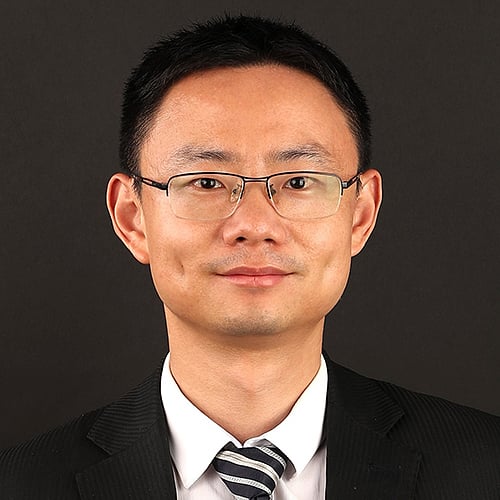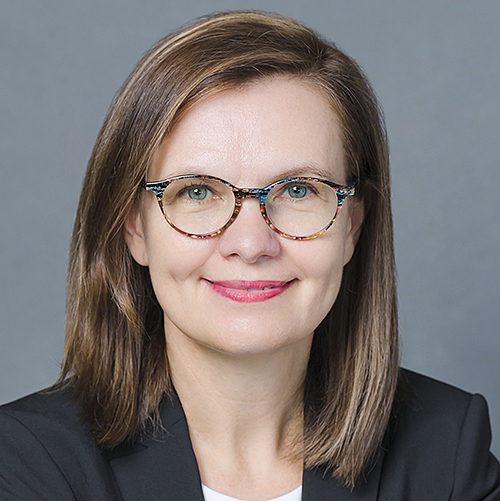In the quest to accelerate the global energy transition, an increasing amount of renewable energy is being generated, necessitating greater efficiency and bringing to the fore the benefits of battery storage systems, which offer the Asia-Pacific region distinct advantages.
Renewable energy generation has been growing at an impressive pace in recent years, reaching worldwide capacity of 507 gigawatts (GW) in 2023, almost 50% higher than in 2022, according to the International Energy Agency (IEA).
This expansion in renewable energy capacity, however, exacerbates a problem with regard to efficiency. Normally, the generation of electricity from renewable sources is not always consistent, for example, solar panels cannot produce electricity if there is no sunshine and wind farms cannot function if there isn’t sufficient airflow.
This feature, known as intermittency, poses challenges for the stability of renewable energy supply. A remedy for intermittency is to have accompanying battery storage, or battery energy storage systems (BESS) – made up of batteries, and battery management and power-conditioning systems – near renewable energy sources that can capture surplus energy at the trough of demand and release it at the peak to mitigate the electricity fluctuations and enhance grid stability.
Projects combining renewable energy infrastructure with BESS are termed round-the-clock (RTC) projects. The name of which indicates their capacity to produce and transmit energy on a 24/7 basis. For the Asia-Pacific region, RTC projects are still a new concept, but investors have noticed their potential in driving the region’s energy transition, as evidenced in several landmark deals done in South Asia last year.
Landmark deals
India, for example, had its first RTC project in operation in August 2023. With co-investment by ReNew Power and Mitsui & Co, the project consists of three 300-megawatt (MW) wind farms and one 400MW solar park bundled with a co-located 100MW-hour (MWh) BESS facility. It secured a total financing of about US$1.3 billion from several international banks, and is by far the single largest renewable energy project finance facility in India, and a significant symbol of India’s efforts in scaling up its renewable energy.
On the other hand, stand-alone BESS have also become a favorable investment target for project finance investors. For example, the Philippine conglomerate San Miguel Corporation has invested, through its energy arm San Miguel Global Power Holdings Corp, in a portfolio consisting of 19 BESS facilities in various locations across the Philippines. Upon its completion in 2024, the project is expected to provide a total BESS capacity of 930 MWh and be one of the largest integrated grid-scale BESS installations in the world.
Additionally, in Australia, Macquarie Asset Management’s Green Investment Group and Shell Energy Australia closed a deal worth A$288 million (US$191 million) in project financing for the development of the standalone 200MW/400MWh BESS project in the Rangebank Business Park in Melbourne. It is also one of the first financings of a standalone grid-scale battery in Australia and has the storage capacity to power the equivalent of 80,000 homes for an hour during peak periods.
Regional advantage
The strong momentum of BESS projects across Asia-Pacific is driven by the region’s connectedness in battery supply, which gives it a cost advantage and concentration in the battery supply chain, which makes batteries more affordable and scalable than they are in the US or Europe.
“Ninety percent of battery cells are produced in China,” explains Paolo Ingarao, managing partner at Aegir Renewables, a renewable energy supply-chain consultancy. “Converters and inverters are predominantly produced in Vietnam, China, Taiwan and India, while much of the general assembly and testing is done in China, Taiwan and Malaysia. Basically, the whole supply chain of batteries is concentrated in Asia, offering the region a great competitive edge.”
The falling costs of batteries and the increased bankability has contributed to the significant annual growth of BESS capacity since 2019. BESS in the power sector, IEA data show, were the fastest-growing energy technology in 2023, with deployment more than doubling year on year to 41.5GW.
Strong policy support is also a conducive factor for BESS in Asia-Pacific. Nearly all major Asian countries have formed dedicated policies to promote BESS and other energy efficiency improving technologies, with China and Australia, according to IEA’s policy database, having the most policies in place around battery electrics in the region.
The two markets are also those with the greatest potential for battery storage penetration. Australia, for example, is targeting approximately 6GW of energy storage system installed by 2030, according to energy advisory firm DNV, while China aims for 120GW of energy storage system capacity built by the same year.
A recent IEA report on battery storage estimates that about 60% of the CO2 emissions reductions in 2030 in the energy sector are associated with batteries in its net-zero scenario, and the installed energy storage capacity is expected to reach over 1500GW by that time.
It is self-evident that batteries are set to play a leading role in securing the energy transition in Asia-Pacific – and around the world – and an increasing amount of project financing around battery storage will be needed in the coming years.









